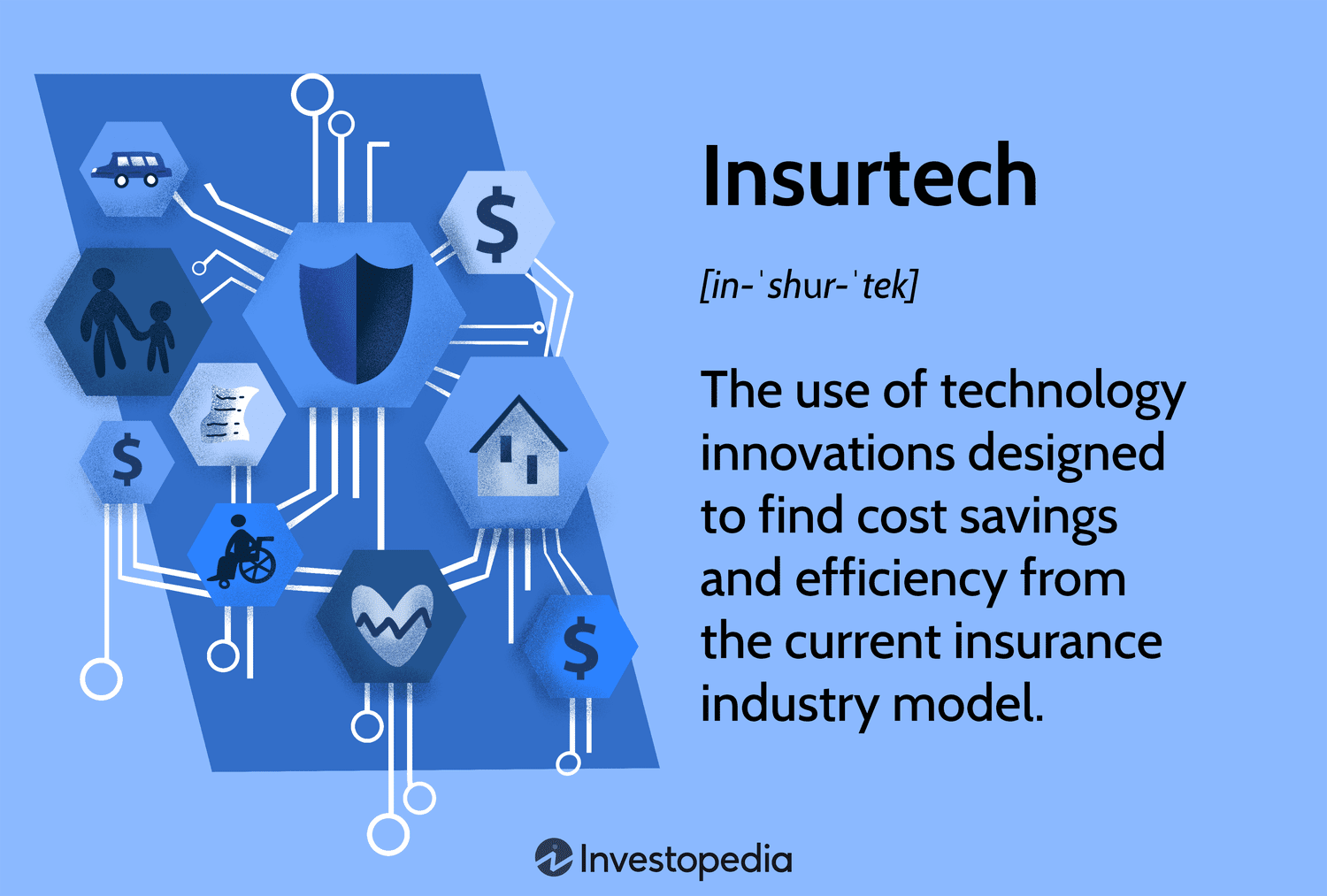The Architecture of AI Insurance Coverage
Building a comprehensive risk transfer program with specialized, affirmative AI insurance products
From Silent Coverage to Affirmative Protection
The insurance market has evolved from ambiguous legacy policies toward specialized, explicit AI coverage designed specifically for AI-related exposures.

The End of "Silent AI" Coverage
Initially, businesses relied on existing insurance portfolios for AI-related losses through "silent AI" coverage, where traditional policies might respond without explicitly mentioning AI. However, insurers are now adding explicit AI exclusions to standard policies, making specialized coverage a necessity rather than an option.
Traditional Policy Limitations
Legacy insurance policies were designed for well-understood risks with established legal precedents. The novel and complex nature of AI risks means coverage is inherently uncertain and highly likely to be disputed, leading to costly legal battles over policy interpretation.
Common Exclusions Now Being Added:
- Claims "arising out of" artificial intelligence use
- Losses "in any way involving" AI systems
- Algorithmic decision-making exclusions
- Automated system failure exclusions
The Coverage Gap Challenge
This market evolution creates a "coverage chasm" where businesses relying on traditional policies find themselves dangerously underinsured. The solution lies in building a comprehensive AI insurance program with specialized, affirmative coverages.
Strategic Approach
Building effective AI insurance requires strategically layering specialized coverages to create a comprehensive protection tower that addresses the full spectrum of AI risks.
Comprehensive AI Insurance Coverage Tower
Technology Errors & Omissions (Tech E&O) for AI
Foundation Coverage: Often the cornerstone of any AI insurance program, protecting against claims of financial loss suffered by third parties due to AI product or service failures.
Coverage Scope:
- Algorithmic errors and system inefficacy
- Performance failures leading to client harm
- Legal defense costs and settlements
- Professional negligence claims
Key Considerations: Often excludes bodily injury and property damage (covered by CGL). May have specific exclusions for model drift or performance guarantees.
Algorithmic Bias and Discrimination Liability
Critical Specialized Coverage: Protects against lawsuits and regulatory actions arising from claims that AI systems made biased decisions resulting in discriminatory outcomes.
Coverage Areas:
- Hiring and employment discrimination
- Loan approval and financial services bias
- Insurance underwriting discrimination
- Medical diagnosis and healthcare bias
Requirements: May require regular bias audits and evidence of fairness testing. Intentional discrimination typically excluded.
Intellectual Property (IP) Infringement Liability
Dual Protection: Addresses unique IP risks generated by AI, covering both training data issues and output infringement.
Two Primary Risk Types:
- Training Data Infringement: Claims that AI model training data infringes third-party copyrights or patents
- Output Infringement: Claims that AI-generated content infringes existing copyrights or trademarks
Exclusions: Generally excludes intentional or willful infringement. Patent coverage may be limited or offered separately.
Regulatory Investigation and Fines Coverage
Compliance Protection: Provides financial and legal support when facing regulatory investigations concerning AI compliance and data protection violations.
Coverage Benefits:
- Legal counsel costs for regulatory responses
- Investigation response and audit preparation
- Regulatory fines and penalties (where insurable)
- Crisis management and public relations
Jurisdictional Variations: Insurability of fines varies by jurisdiction. Coverage may not apply for willful law violations.
AI-Enhanced Cyber Liability
Next-Generation Cyber Protection: Specialized coverage for cyber threats unique to AI systems, beyond standard cyber insurance scope.
AI-Specific Cyber Events:
- Data poisoning attacks on AI models
- Adversarial manipulation of systems
- AI-enabled fraud (deepfake, invoice manipulation)
- Model theft and intellectual property breaches
Requirements: May require specific AI security controls and model protection protocols. Sub-limits may apply for certain attack types.
AI Performance Guarantee / Warranty Insurance
First-Party Protection: Functions like a performance bond, providing financial protection if critical AI systems fail to meet pre-agreed performance metrics.
Coverage Scenarios:
- AI system fails to achieve efficiency targets
- Model performance degrades below thresholds
- ROI guarantees not met
- Operational KPIs underperformed
Key Requirements: Requires clearly defined, measurable performance metrics. Not liability coverage - protects the insured's own investment.
AI Insurance Coverage Comparison
| Coverage Type | Primary Risk Addressed | Typical Scope | Key Considerations |
|---|---|---|---|
| Tech E&O for AI | Performance Failures, Algorithmic Errors | Customer financial loss from AI failures, legal defense, settlements | Excludes bodily injury/property damage. May exclude model drift |
| Algorithmic Bias Liability | Discriminatory Outcomes | Class-action lawsuits, individual discrimination claims, defense costs | May require bias audits. Intentional discrimination excluded |
| IP Infringement Liability | Copyright & Patent Claims | Training data and output infringement, legal defense, damages | Excludes willful infringement. Patent coverage may be limited |
| Regulatory Investigation | Compliance Violations | Legal expenses, investigation response, fines (where insurable) | Fine insurability varies by jurisdiction. Willful violations excluded |
| AI-Enhanced Cyber | AI-Specific Cyber Attacks | Data poisoning, adversarial attacks, AI-enabled fraud | Requires AI security controls. May have sub-limits |
| Performance Guarantee | Model Underperformance | First-party coverage for AI system performance failures | Requires measurable metrics. Not third-party liability coverage |
Building Your Coverage Tower
Effective AI insurance requires a strategic approach to layering these specialized coverages. The optimal combination depends on your specific AI use cases, risk profile, and business model. Key considerations include:
- Risk Assessment: Identify your primary AI exposures
- Coverage Gaps: Map existing policy exclusions
- Regulatory Environment: Consider applicable laws and regulations
- Business Model: Align coverage with revenue streams and customer relationships
- Budget Allocation: Prioritize coverage based on risk severity and likelihood
